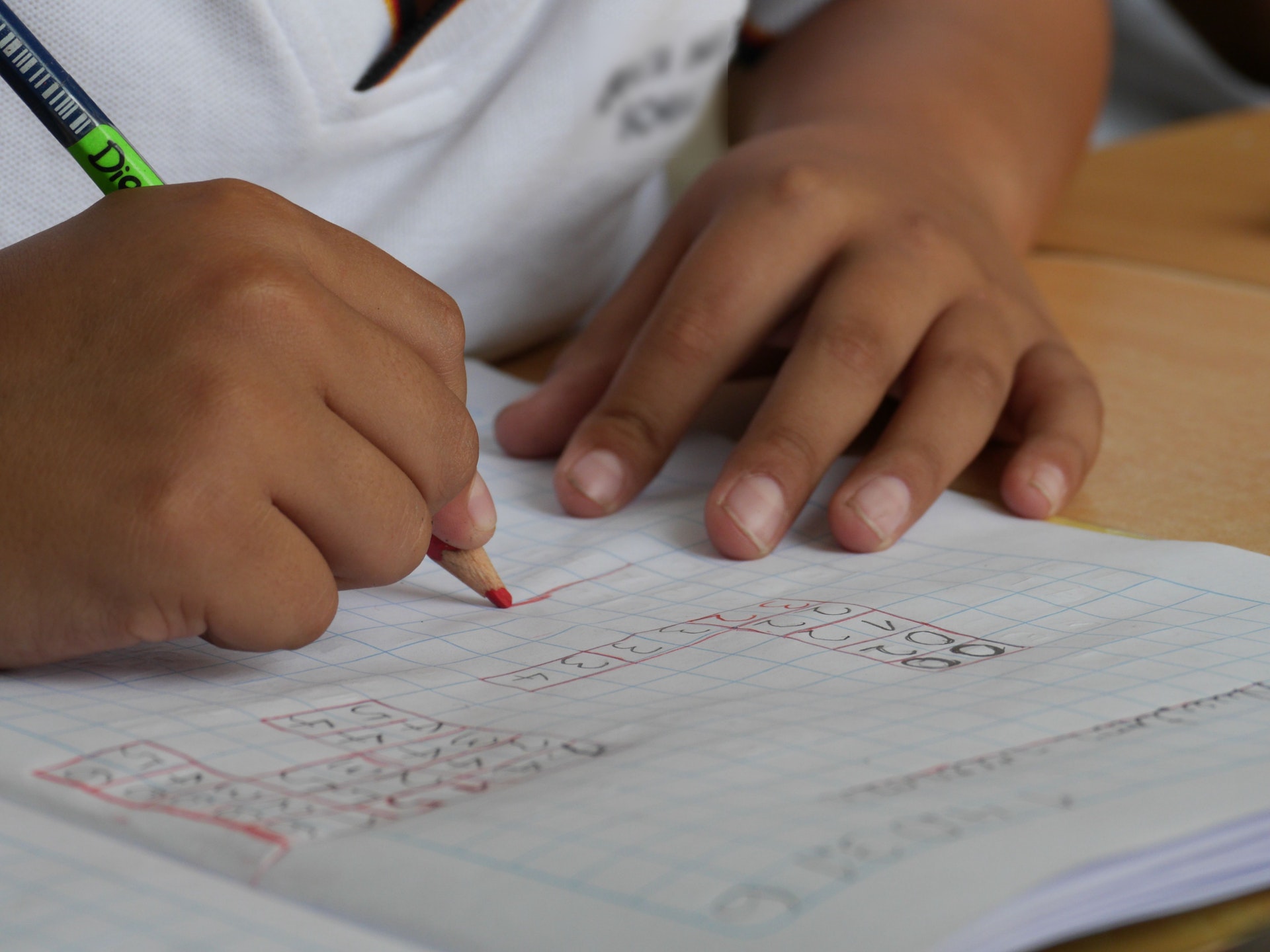This goes without saying, but we’ll say it anyway. When it comes to daycare for babies, it’s important to go all out to get the best quality care available and affordable for your little one. Trust us, you don’t want to leave your child with someone who absolutely does not care about their well-being, or worse, one who’s lackadaisical. Shudder.
But daycare hunting (yes, that’s an actual thing) is no easy task. We know this and that’s why we have listed for you a few things you should watch out for before you head out searching for the best care for your little one. You’re welcome.
What should you watch out for as you hunt for a good daycare center?
1. Screen time

If the daycare center you’re considering has a TV and your child is less than two, then you might want to consider finding a new option. Talk about a no-no.
It’s not uncommon to find children less than two watching television – in fact, many people are guilty of this. According to the American Academy of Pediatrics and WHO, screen time (excluding video chatting) isn’t recommended for children below the age of 18 to 24 months.
How about educational videos?
- For starters, educational videos for kids below age 2 aren’t as good as face-to-face learning interaction. Kids don’t learn better from screens. Shocking, right?
- Less educational videos are better. With screen time, less is always more.
But, if you don’t care so much about your child watching a little bit of TV, then be sure to ask how long the screen will be on for. The TV shouldn’t be the one that ends up babysitting your child.
Better alternatives to TV include activities like storytelling or reading aloud, scribbling, and of course, playing.
Standard daycares (especially those for kids below the age of 2) do not have TV sets but this is pretty much impossible for in-home daycares because houses have TVs. Bottom line, you need to find out just how much TV your child will be exposed to and what they’ll be watching.
Click to read more about screen time for kids.
2. Overpopulation and staff shortage
Taking care of kids is not easy and surely, one provider or staff can only effectively watch over a few children. If the daycare center has a lot of kids and not enough providers to watch over them, then that’s a huge red flag.
For example, your little one shouldn’t be in a daycare that has 20 other kids with just one provider watching over all of them. That’s way too many kids for any one person to effectively watch over.
3. Terrible daycare staff
It’s one thing finding a daycare for babies. And it’s a completely different matter finding a daycare center whose staff has got the right attitude. It’s easier to spot a bad daycare.
Are the staff cheerful or do they look/sound like they hate their job? A good daycare should have cheerful and interactive staff – people who actually love taking care of kids and do a pretty good job at it. Some staff are downright neglectful and don’t care so much about their job – watching over your little one.
If the staff aren’t friendly and attentive, please go someplace else. Daycare providers shouldn’t have an unpleasant attitude. If you as the parent don’t feel comfortable interacting with a provider, how is your child supposed to? Children need the adults in their lives to be calm, warm, friendly, caring, and approachable.
4. They force-feed children
Shoving food down a child’s throat is not acceptable. This is a practice that should definitely not be practiced but unfortunately, some bad daycare centers do this. Now that’s a red flag you should flee from. Did we hear you ask why?
Force-feeding a child can lead to:
- An unhealthy/negative relationship with food
- Vomiting
- A lack of control over their eating habits, and this might influence the development of an eating disorder or obesity later in life
- Choking and/or asphyxiation, etc.
When children are force-fed, there’s a high risk of the food finding its way to the windpipe. This is more common when the food is practically forced down the child’s mouth. A typical example is holding their little noses so they can open their mouths, and then forcing the food in. Shocked gasp.
5. Unexplained bruises or injuries
If you send a child off to a daycare in perfect condition, you deserve to have that child back in perfect condition as well. But kids are kids and bruises are bound to happen here and there.
The care provider should be able to offer an explanation for any of such bruises or injuries. However, you should also remember that the providers can’t always answer the question of how a child got hurt.
P.S. An injury doesn’t always mean that the care providers are negligent. It’s impossible for a provider to witness every incident that happens in a room full of kids. But if such a thing does happen, they should always report back to you once they notice the bruise/injury.
You shouldn’t have to ask questions first before an explanation is offered. A good daycare for babies reports back to you on any incident.
6. An environment that doesn’t stimulate the child’s brain

The first few years of a child’s life is crucial to their brain development. This is why it’s very important that your child should be in an environment that has age-appropriate activities that stimulate the brain.
Is there a wide variety of toys? What kind of toys are available? Are the children read to? What activities do the daycare providers engage the kids in? Is there storytelling involved? What’s the schedule like?
Your little kiddo is going to spend a good amount of time at the daycare, so leave no questions on this topic unasked.
7. How does the environment look like?
If it looks unsafe and unhealthy, please find someplace else. The last thing you want to do is let your child be exposed to an unsafe environment, risking their health in the process. A good daycare for babies should be devoid of any harmful or sharp objects.
Ask about their sick child policies. What do they do when a child is sick? Send the child home or leave the child at the daycare? Of course, sending the child home is the best thing to do, especially if it’s something contagious like a common cold. There are other kids around, and children do not yet have fully functioning immune systems. At all times, the safety of the children in their care should be their primary concern.
Another thing to watch out for is the state of cleanliness. It’s not uncommon to see a messy daycare (what do you expect in a room full of kids?), however, a dirty daycare is a red flag.
8. Gut feeling
There’s no way on earth this wasn’t going to make the cut. Most times, it’s actually a case of “does it feel right or not?”
If it doesn’t feel right and you go with it, there’s always a possibility that you’re never going to feel comfortable each time you drop off your child.
P.S. Just because it doesn’t feel right doesn’t necessarily mean that the daycare center isn’t good in itself, but it’s always a good idea to trust one’s instincts.
9. License
Do not take your child to a nursery/daycare that isn’t licensed. We cannot stress this enough. If the government does not find the center worthy of a license, it’s probably because the center isn’t worthy of a license.
10. Check for a well-equipped first aid box
Accidents are bound to happen in a room full of children. Having a standard first aid box is common sense yet, some daycare centers have none.
A daycare for babies or nursery that’s lacking in this aspect is a dangerous place for your child to be in. the first aid box should be equipped enough to handle basic health emergencies. The staff should also be trained on how to properly administer first aid
So, how’s the search going?
Remember, when it comes to searching for a good daycare for babies, it can be pretty challenging but you have to get the best there is. There’s no alternative. A daycare is you when you’re not there.
How would you like your baby treated in your absence?



1 Comment
Comments are closed.